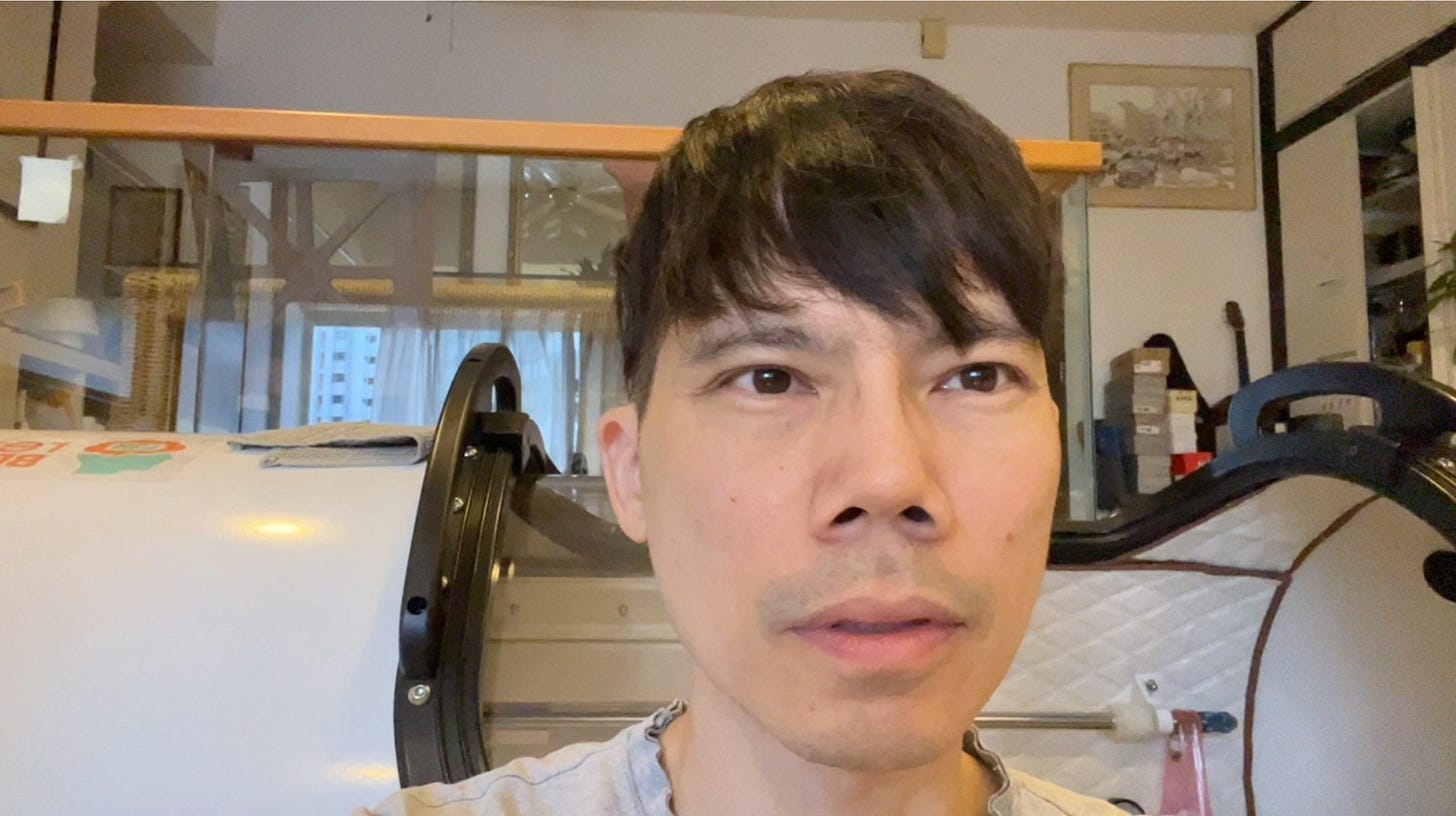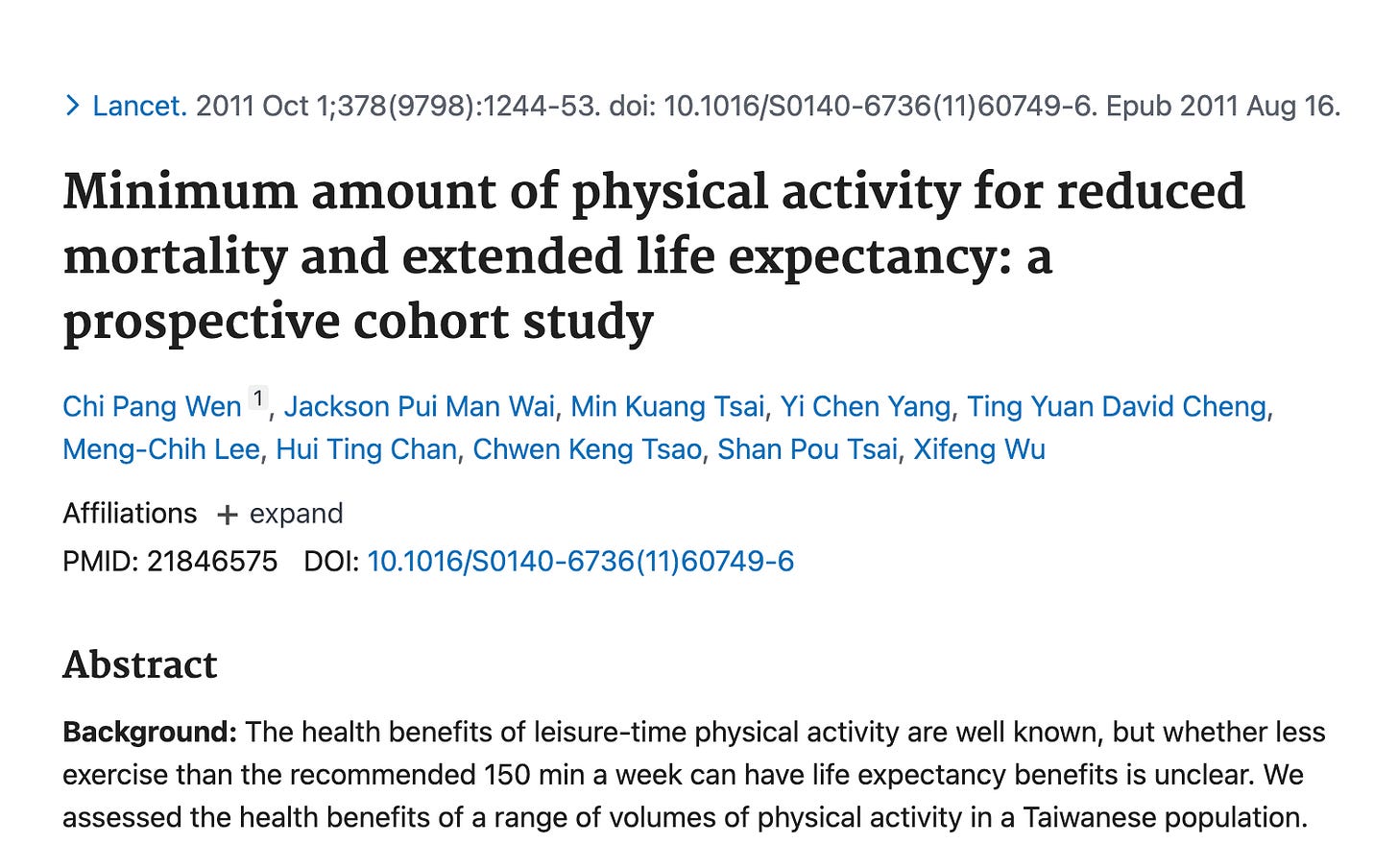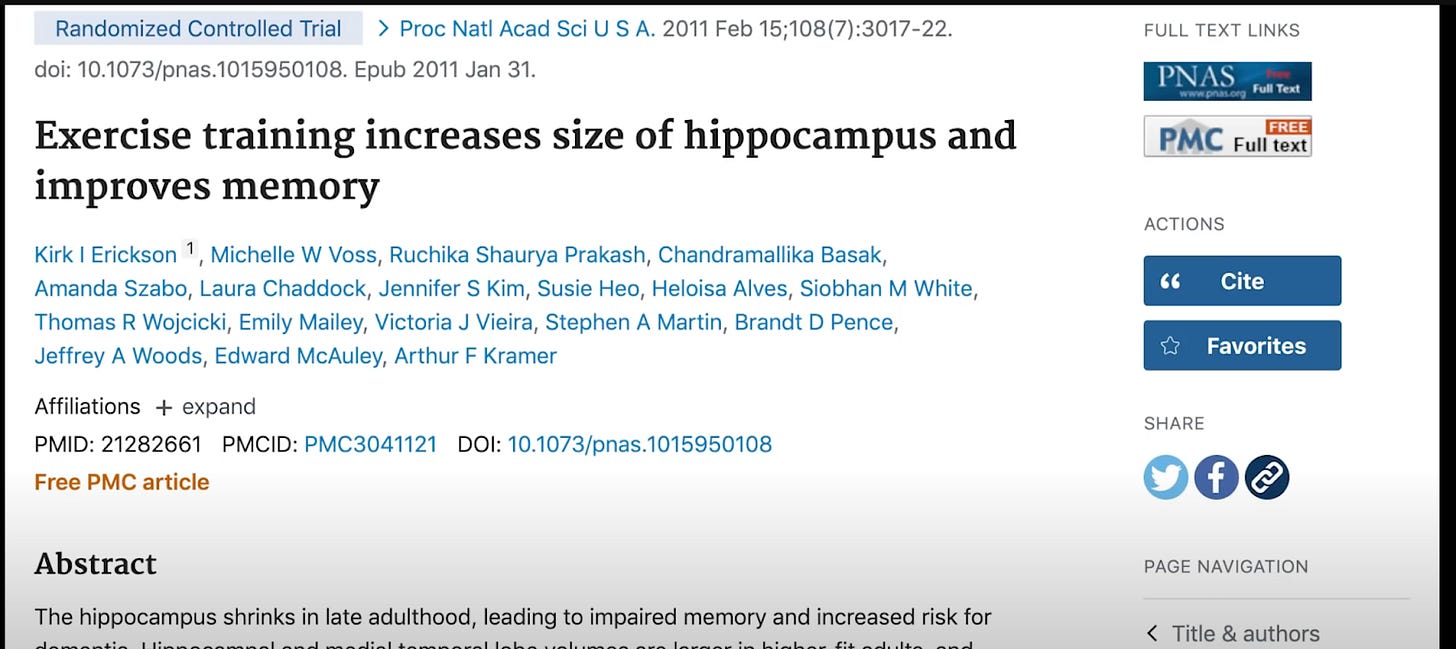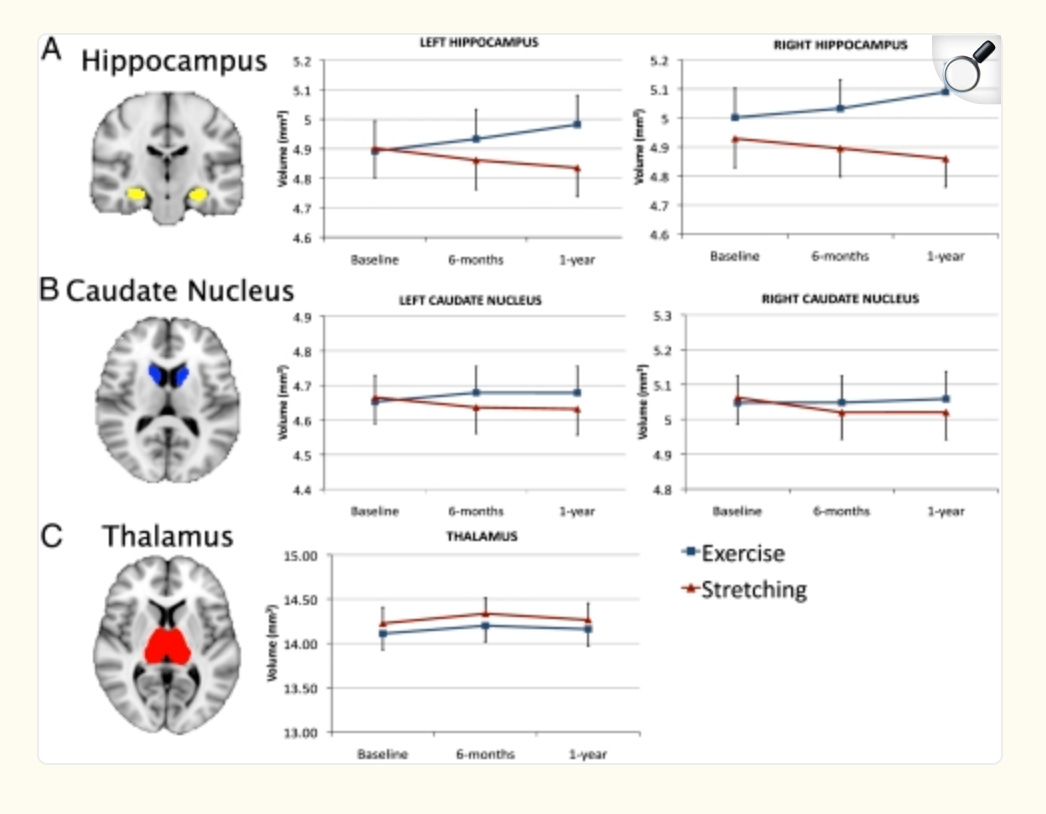Exercise and Brain Age
How you exercise will determine how you will live out the rest of your life.
I have been asking myself how to quantify what exercise does to my brain. There is quite a bit of information out there, but as someone who is trying extend my brain longevity as best as I can, here is my short summary.
About Me

I am Dr Mark Chern, a doctor of Chinese medicine who runs a busy practice treating allergic and autoimmune conditions. As a health practitioner, I adopt a moderately clean diet, but over the years, I have lost much muscle mass and strength, mostly because I never exercised on a regular basis.
Worst yet, I have injured myself ever so often in the last 2 years — from surfskating and surfing — and my recent and most harrowing experience with acute lower back injury forced me into rehabilitation and a consistent exercise regimen.
So, this article is for people who
Do not exercise regularly;
Are concerned about extending their healthspan; and
Want to prevent dementia — which is what my own research on
https://reversebrainage.com/ is all about.
What Is The Very Bare Minimum?
According to the 2011 Lancet study featured above, the bare minimum you need is 15 mins of moderate exercise a day to reduce your risk of dying (from any causes) by 14%. This 15 mins of exercise a day is also going to extend lifespan by 3 whole years!
What more, each additional 15 mins of exercise added on would reduce death risk by a further 4%.
Compare people who are inactive with this low-volume exercise group — the inactive group are 17% more likely to die!
What Kind of Exercise?
This study doesn’t elaborate too much about what constitutes exercise, but let’s focus this discussion on what is the bare minimum. For this, I take inspiration from Professor Shane O’Mara, who wrote the book In Praise of Walking.
Professor Shane O’Mara is more about walking whenever and wherever, which is very much in line with the idea of 10,000 steps a day. He is against high intensity workouts that then require the body to recover and recuperate — for this reason, his idea of walking is very important for these groups of people:
Those who are starting from inactivity: this group of people will find it less overwhelming to transition from inactivity to walking.
Those who are afraid of ill-effects of too much exercise: for example, fatigue or injury.
For those who are contemplating, don’t! Just start out with a 15 minute walk every morning!
Exercise For the Brain?
This is the part that I am most interested in.
John Ratey MD, who wrote the book Spark: The Revolutionary New Science of Exercise and the Brain, says that walking is all you need to increase BDNF levels in the brain.
What is BDNF (Brain Derived Neurotrophic Factor)? It is the stuff that your brain is marinated in. The more BDNF, the better condition your brain will be in.
Daily habit of movement increases the ability of brain to release this chemical by 130%! And walking is more than enough movement to get this going!
What Kind Of Walking Can Reverse Brain Age?
In the study above, the people who did walking ended up with a 2% increase in size of the hippocampus in the brain.
The control group, on the other hand, were the people who did toning and stretching, got what most people who do not exercise end up with — an annual reduction of betwee 1-2% in hippocampal volume.
Note that a 2% increase in hippocampal volume for these 120 people with a average age of 65 is a ridiculous piece of proof to behold!
How Do I Replicate This Walking Exercise?
At the start of this article, we spoke about people who wanted to do the bare minimum for preventing the onset of chronic disease and extending lifespan by 3 years, that would be a daily routine of walking for 15 mins in the outdoors and done!
But if you want to reverse brain age, increase the size of your hippocampus and stave off the onset of dementia, this was what they did.
Start out with a 10 min walk.
Build up over time to a 40 mins walk.
Walk at Zone 2 — which means this is a cardio exercise and your heart rate needs to increase to a certain level.
Do this daily for a year.
To encourage you or someone in your family to act on this finding, let’s quote the paper again:
Loss of hippocampal volume in late adulthood is not inevitable and can be reversed with moderate-intensity exercise.
A 1-y aerobic exercise intervention was effective at increasing hippocampal volume by 2% and offsetting the deterioration associated with aging.
Because hippocampal volume shrinks 1–2% annually, a 2% increase in hippocampal volume is equivalent to adding between 1 and 2 y worth of volume to the hippocampus for this age group.







So important! I write about fitness (if the body AND of the brain) in two of my blogs. I’d like to know what you think Dr Mark!